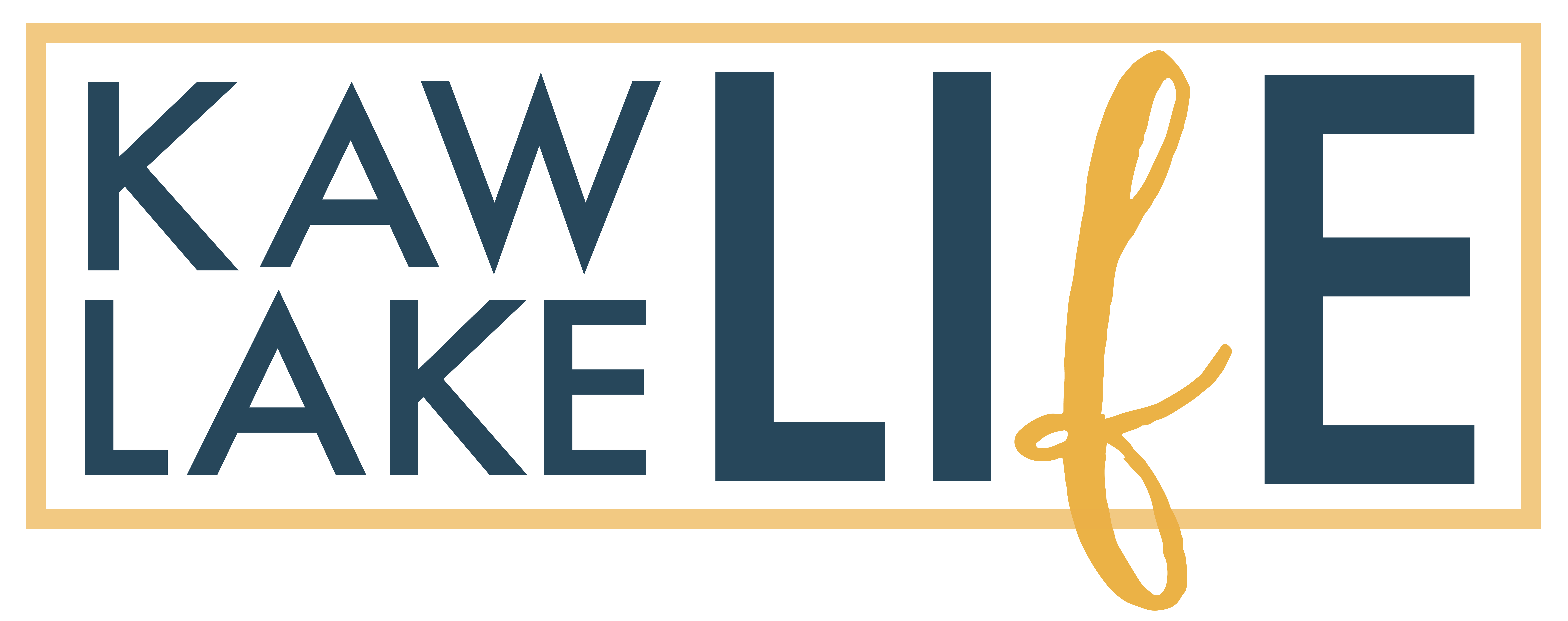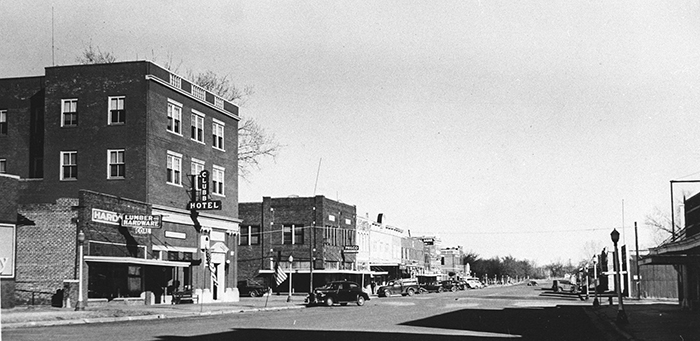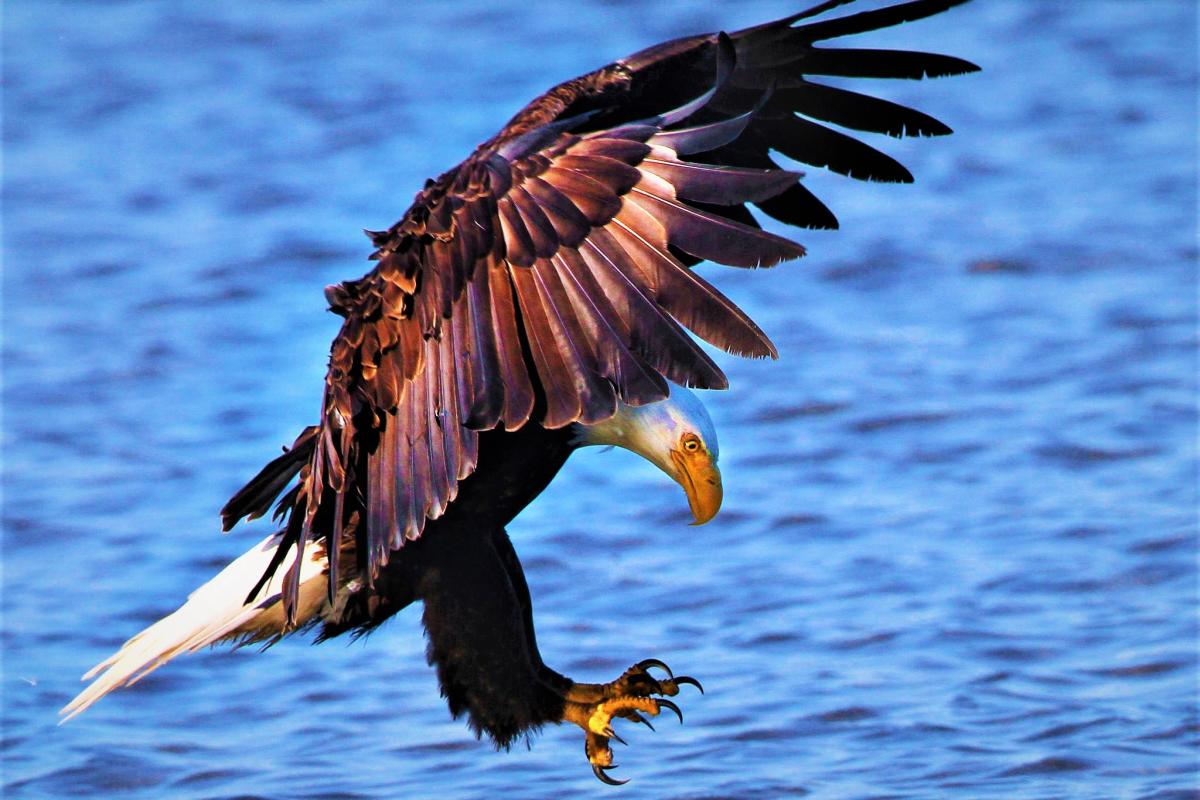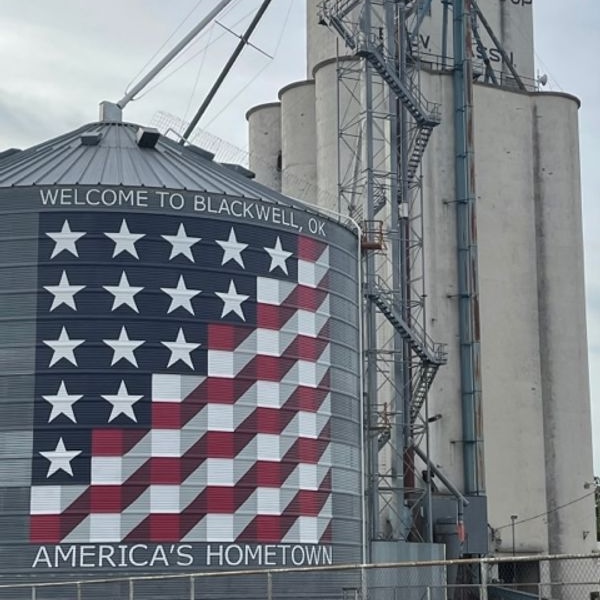The History of Kaw Lake: From River to Reservoir
Kaw Lake, completed in 1976, was built by the U.S. Army Corps of Engineers for flood control, water supply, power generation, and recreation. Its creation required relocating Kaw City, whose original townsite now lies beneath the water. Covering over 17,000 acres with 168 miles of shoreline, Kaw Lake quickly became a regional destination for fishing, camping, boating, and eagle watching, while also supporting hydroelectric power and municipal water needs. The project transformed farmland and wildlife habitats, but it also created the Kaw Wildlife Management Area, balancing conservation and recreation. The lake carries cultural significance as well, tied to the Kaw Nation, whose historic homelands encompass the Arkansas River valley. Today, Kaw Lake is both a practical resource and a tourism hub, drawing visitors from across Oklahoma and Kansas for events like KawFest and the Ultimate Eagle Watch. Nearly 50 years after its construction, it remains central to the identity, economy, and resilience of north-central Oklahoma.

The best restaurants in Chicago
Hendrerit enim egestas hac eu aliquam mauris at viverra id mi eget faucibus sagittis, volutpat placerat viverra ut metus velit, velegestas pretium sollicitudin rhoncus ullamcorper ullamcorper venenatis sed vestibulum eu quam pellentesque aliquet tellus integer curabitur pharetra integer et ipsum nunc et facilisis etiam vulputate blandit ultrices est lectus eget urna, non sed lacus tortor etamet sed sagittis id porttitor parturient posuere.
- Lorem ipsum dolor sit amet consectetur rhoncus ullamcorper ullamcorper
- Mauris aliquet faucibus iaculis dui vitae ullamco
- Posuere enim mi pharetra neque proin vulputate blandit ultrices
- Blandit sapien in habitasse arcu in interdum diam diam interdum.
1. Burger Bar & Grill
Sollicitudin rhoncus ullamcorper ullamcorper venenatis sed vestibulum eu quam pellentesque aliquet tellus integer curabitur pharetra integer et ipsum nunc et facilisis etiam vulputate blandit ultrices est lectus vulputate eget urna, non sed lacus tortor etamet sed sagittis id porttitor parturient posuere.

2. Eagle French Cafe
Eget lorem dolor sed viverra ipsum nunc aliquet bibendum felis donec et odio pellentesque diam volutpat lorem commodo sed egestas aliquam sem fringilla ut morbi tincidunt augue interdum velit euismod eu tincidunt tortor aliquam nulla facilisi aenean sed adipiscing diam donec adipiscing ut lectus arcu bibendum at varius vel non pharetra nibh venenatis cras sed felis eget.
- Lorem ipsum dolor sit amet consectetur fringilla ut morbi tincidunt.
- Mauris aliquet faucibus iaculis dui vitae ullamco neque proin vulputate interdum.
- Posuere enim mi pharetra neque proin bibendum felis donec et odio.
- Posuere enim mi pharetra neque proin aliquam mauris at viverra id mi eget.
“Lorem ipsum dolor sit amet, consectetur adipiscing elit pellentesque pellentesque tincidunt amet vitae ac in vestibulum massa ullamcorper molestie sit pharetra.”
3. L’ardoise Bistro
Nisi quis eleifend quam adipiscing vitae aliquet bibendum enim facilisis gravida neque velit euismod in pellentesque massa placerat volutpat lacus laoreet non curabitur gravida odio aenean sed adipiscing diam donec adipiscing tristique risus amet est placerat in egestas erat imperdiet sed euismod nisi.
4. Anchor Seafood Market
Eget lorem dolor sed viverra ipsum nunc aliquet bibendum felis donec et odio pellentesque diam volutpat commodo sed egestas aliquam sem fringilla ut morbi tincidunt augue interdum velit euismod eu tincidunt tortor aliquam nulla facilisi aenean sed adipiscing diam donec adipiscing ut lectus arcu bibendum at varius vel pharetra nibh venenatis cras sed felis eget.
A Vision for the Arkansas River
The story of Kaw Lake is more than the construction of a reservoir. It’s a tale of vision, resilience, and transformation — one that connects the history of Native peoples, Oklahoma’s statehood era, and the United States’ massive mid-20th-century infrastructure push. The Arkansas River, long the lifeblood of farming, transportation, and settlement in north-central Oklahoma, was both a blessing and a challenge. Its fertile bottomlands made the surrounding countryside rich for agriculture, but the river was prone to unpredictable floods, devastating property and crops for generations.
After the catastrophic Arkansas River flood of 1951, which ravaged much of Kansas and Oklahoma, the U.S. Army Corps of Engineers accelerated a series of projects to tame the river. Among them was Kaw Dam — the structure that would ultimately give rise to Kaw Lake.
Breaking Ground
Congress authorized the Kaw Lake project through the Flood Control Act of 1962. The goals were threefold: flood control, water supply, and recreation. The site chosen was near Kaw City, a small town founded in 1903 and named for the Kaw (or Kanza) people, who had lived along the river for centuries before removal to Kansas and later Oklahoma.
Construction of the massive earth-filled dam began in 1966 under the supervision of the Tulsa District of the U.S. Army Corps of Engineers. Standing 121 feet high and stretching nearly three miles across the Arkansas River valley, the dam was one of the largest of its kind in Oklahoma. The project cost more than $111 million at completion — a staggering sum at the time.
Relocating Kaw City
Perhaps the most poignant chapter of the Kaw Lake story involves Kaw City itself. The original townsite lay in the floodplain, directly in the path of the future reservoir. Residents were faced with a difficult choice: sell their properties and leave the area, or move to higher ground in a newly planned town.
In the early 1970s, after years of planning, Kaw City was relocated to a site about two miles west of its original location. Homes, schools, businesses, and churches were rebuilt. Some historic structures were moved, while others were left behind, soon to be submerged under the rising waters. For longtime families, the move was bittersweet: the lake promised progress, but it also erased the familiar streets where generations had grown up.
Today, during exceptionally low water years, remnants of “Old Kaw City” can still be glimpsed along the shoreline — foundations, sidewalks, and even a few ghostly structures that tell the story of what once was.
Filling the Lake
Kaw Dam was completed in 1976, and the reservoir began to fill soon after. By 1977, Kaw Lake reached its conservation pool, covering more than 17,000 surface acres with 168 miles of shoreline. At normal levels, the lake stores over 428,000 acre-feet of water.
The Corps of Engineers designed the dam not only to hold back floodwaters but also to supply municipal and industrial water to surrounding communities, generate hydroelectric power, and provide a new centerpiece for recreation in north-central Oklahoma.
Recreation and Tourism
From its earliest days, Kaw Lake was marketed as both practical and recreational. Campgrounds, marinas, boat ramps, and picnic areas sprang up around the shoreline. Anglers flocked to the lake for catfish, crappie, white bass, and walleye. Birdwatchers discovered the area’s thriving bald eagle population, which gave rise to the annual Kaw Lake Ultimate Eagle Watch, now one of the most popular winter festivals in the region.
Trails were added in the 1980s and 1990s, including the Five Fingers Trail for horseback riding and hiking, and the Eagle View Hiking Trail, offering spectacular views of the lake. As the lake’s reputation grew, so did its role in the local economy. Kaw Lake quickly became a destination for weekend visitors from Wichita, Tulsa, and Oklahoma City.
Environmental Impact
Like many mid-century reservoir projects, Kaw Lake had significant ecological effects. The dam altered the flow of the Arkansas River, creating new wetlands and habitats around the lake but also submerging bottomlands that had been prime farmland and wildlife corridors. The U.S. Army Corps of Engineers worked with the Oklahoma Department of Wildlife Conservation to manage fish and game populations, establishing the Kaw Wildlife Management Area, which covers 16,000 acres adjacent to the reservoir.
This area has become a haven for hunters, birders, and outdoor enthusiasts, balancing conservation with recreation.
The Kaw People Connection
The name “Kaw” comes from the Kanza or Kaw Nation, who were relocated to Indian Territory in the late 19th century. Their historic homelands stretched across present-day Kansas and northern Oklahoma, including the lands along the Arkansas River.
Although the Kaw Nation’s tribal headquarters are now in Kaw City, the construction of Kaw Lake is a reminder of the broader history of displacement and adaptation. The tribe today honors its heritage through cultural events, language preservation, and economic development efforts that keep the Kaw name and history alive.
Energy and Water Supply
Kaw Dam also plays a vital role in providing hydroelectric power. The powerhouse, operated in coordination with the Southwestern Power Administration, generates renewable electricity for the region. In addition, the lake is an important source of drinking water for local municipalities, ensuring both economic stability and growth potential for surrounding towns.
Kaw Lake Today
Nearly fifty years after its completion, Kaw Lake has firmly established itself as both a practical resource and a recreational treasure. Each year, tens of thousands of visitors come to boat, fish, camp, and hike. Local communities — from Kaw City and Newkirk to Ponca City and Blackwell — benefit from the tourism dollars that flow into restaurants, shops, and service businesses.
Events like the KawFest in summer, the Eagle Watch in winter, and fishing tournaments throughout the year keep the lake in the spotlight. Meanwhile, conservation groups and civic leaders continue to look for ways to expand trails, add amenities, and ensure Kaw Lake remains a sustainable resource for future generations.
Looking Ahead
As Oklahoma faces new challenges — from drought management to economic diversification — Kaw Lake remains a cornerstone of resilience. Its original purpose of flood control is as vital as ever, while its recreational and cultural value has grown beyond what planners in the 1960s could have imagined.
The story of Kaw Lake is ultimately one of transformation: a river valley turned reservoir, a town relocated but not forgotten, and a region reshaped by water. For visitors today, the lake is a place of leisure and beauty. For locals, it is part of their identity — a constant reminder of how history, nature, and community intersect on the shores of Kaw Lake.
Subscribe to our weekly email newsletter
Lorem ipsum dolor sit amet consectetur adipiscing elit id pulvinar at morbi elit scelerisque nunc gravida donec dolor erat sit iaculis.








.jpg)